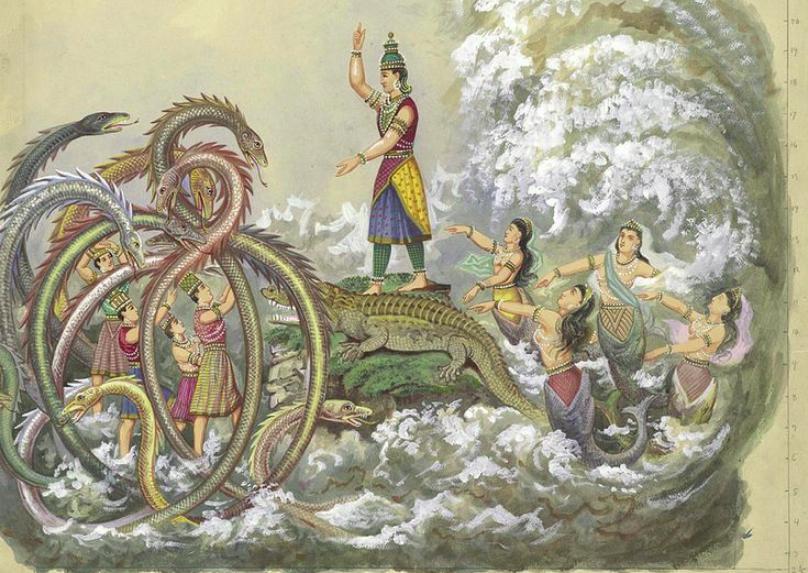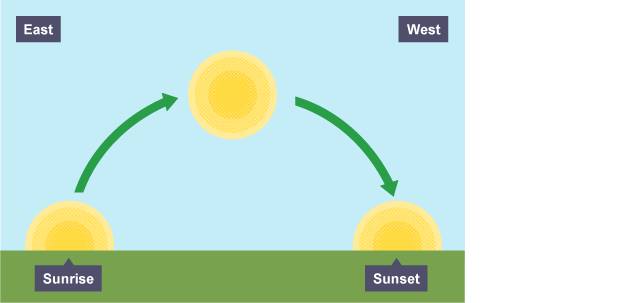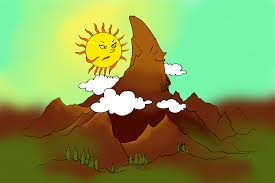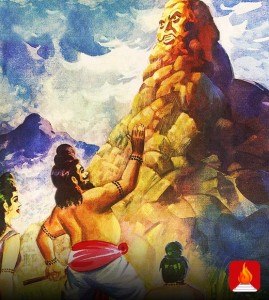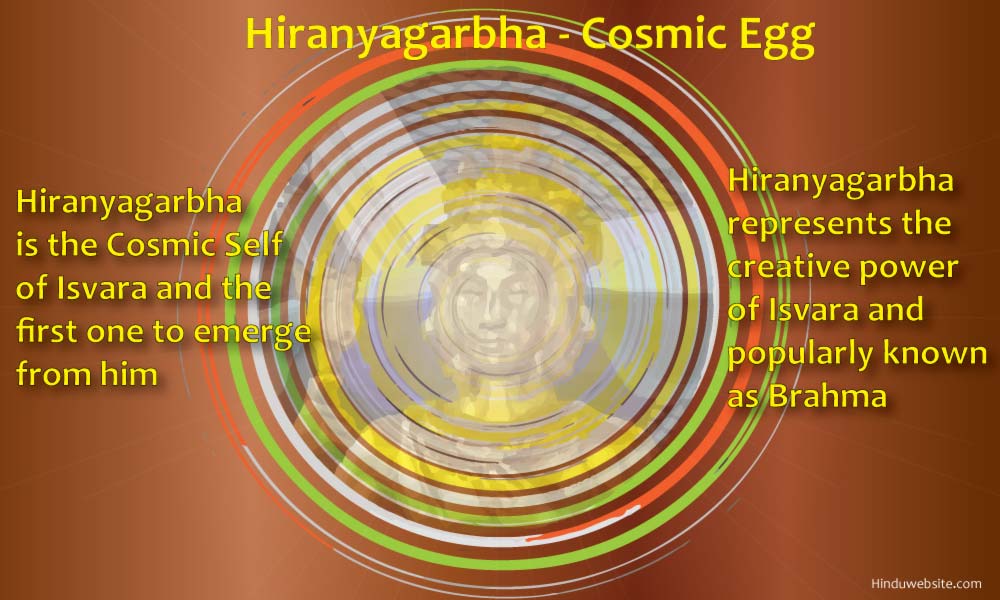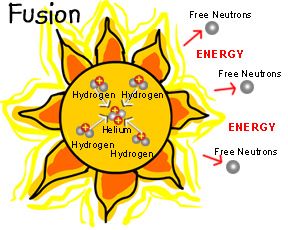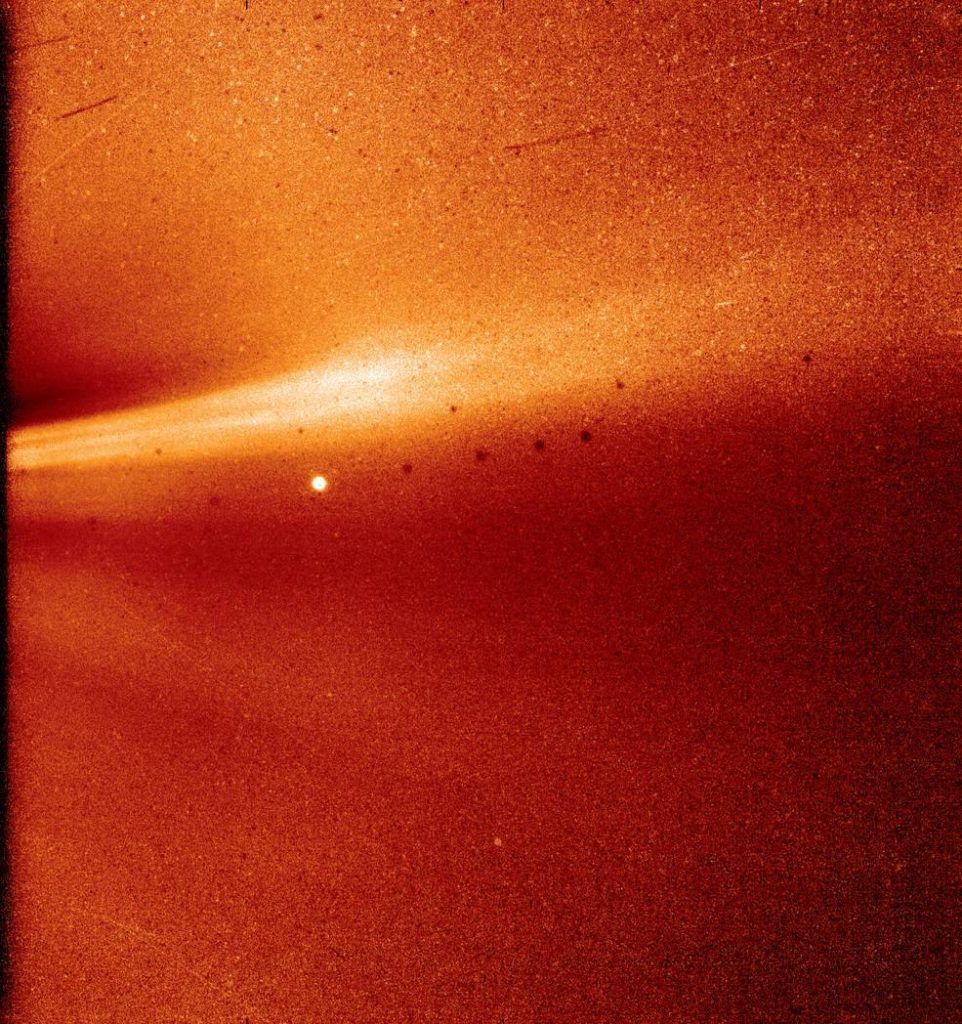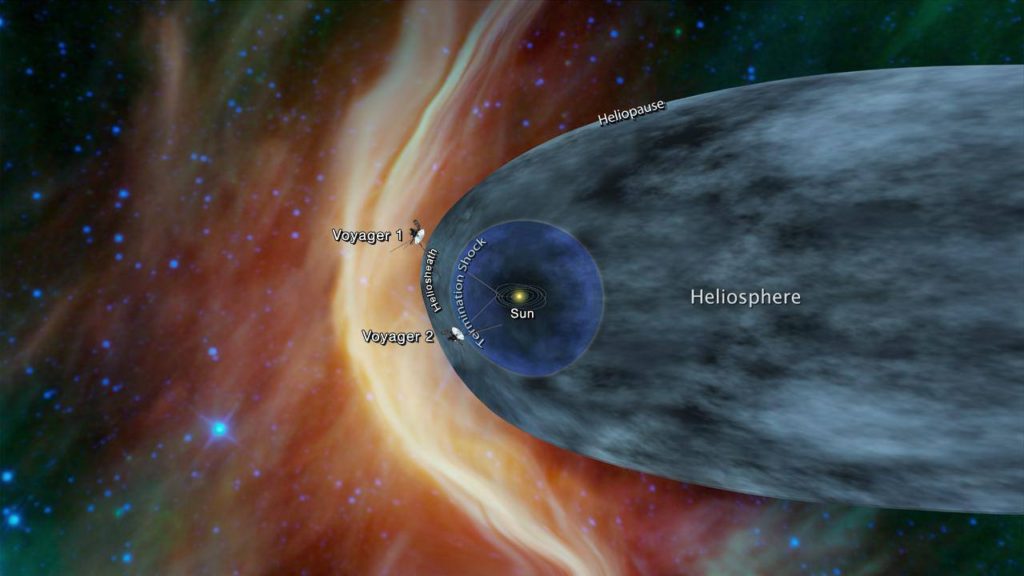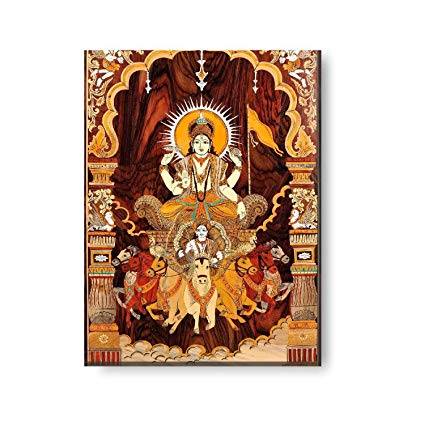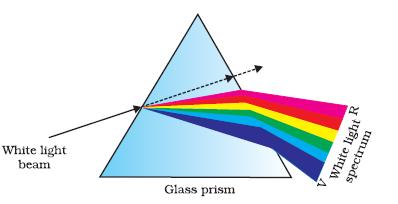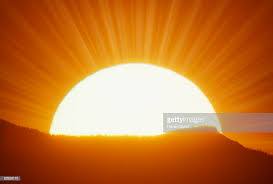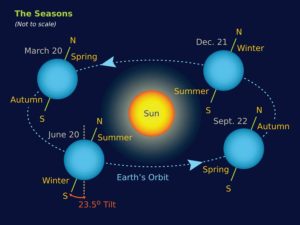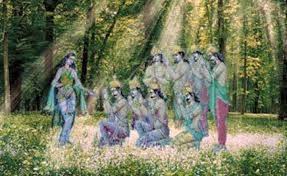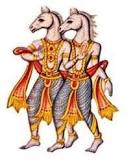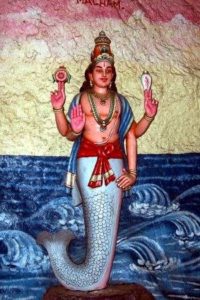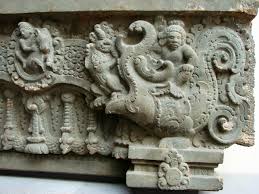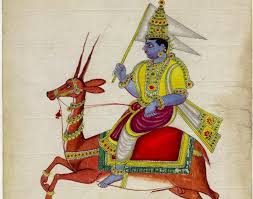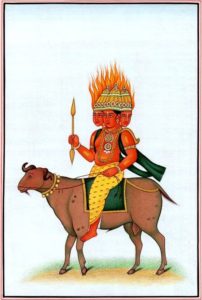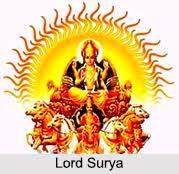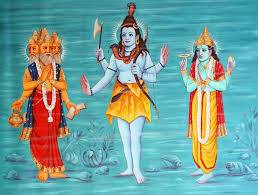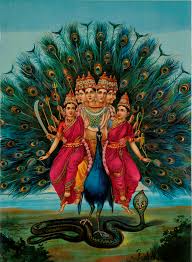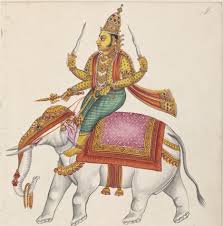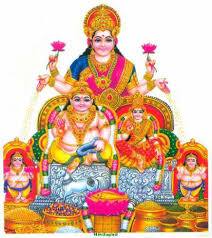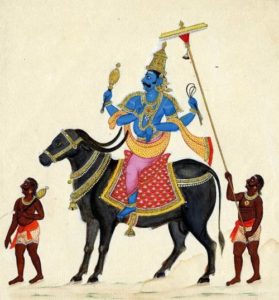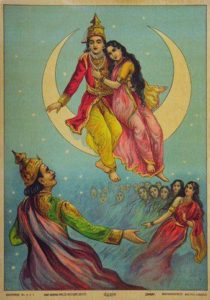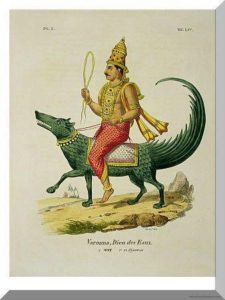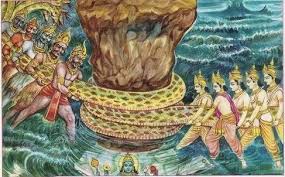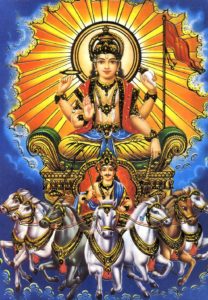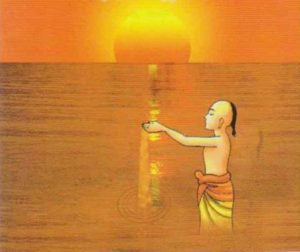Aditya Hrudayam Series Week 18
Shloka Taatparyam Shloka 13
व्योमनाथस्तमोभेदी ऋग्यजुःसामपारगः।
घनवृष्टिरपां मित्रो विन्ध्यवीथीप्लवङ्गमः॥ 13 ॥
Vyomanāthastamobhedī ṛgyajuḥsāmapāragaḥ
ghanavṛṣṭirapāṃ mitro vindhyavīthīplavaṅgamaḥ ॥ 13 ॥
Meaning:
He is the lord who rules the sky
He breaks the darkness in the sky every morning ( and also the darkness i.e. ignorance that resides within us)
He is the master of Rig, Yajur and Sama Vedas
He is the cause of heavy rains. (Without him there is no rain – A subtle hint at the water cycle. Sun’s rays causes evaporation of the water into water vapors, which then condense in the clouds and reaches back the earth by precipitation. A more detailed description follows later in Shloka 22)
He is the friend of Varuna ( the rain God or the lord of water )
He effortlessly travels in the sky (across the vindhya mountains) with little or no physical exertion (like a monkey that jumps between trees with ease).
This brings to mind a very famous story about Vindhya mountains, the Sun and Sage Agastya. Vindhya is the famous mountain range that separates the Deccan Plateau from the Indo-Gangetic plains of North India. According to the ancient legends, the Vindhya mountain which is considered a living deity, asked Surya to circumambulate him, even as he was doing to the Meru mountain. When Surya politely refused, Vindhya started growing taller and taller, obstructing his path. The gods in heaven who were alarmed at this, requested the great sage Agastya to intervene. When Agastya arrived Vindhya bowed to him. The sage commanded him to be like that, until he returned from the south, which he never did.
व्योम – Sky
नाथ – Ruler
तमो – Darkness
भेदी – one who breaks, interrupts
ऋग् यजुः साम – Rig Yajur and Sama the three Vedas
पारगः – fully conversant or familiar with, accompolished, Mastered
घन – heavy
वृष्टि – rain
रपां apam – of water
मित्रो – friend
विन्ध्य – vindhya mountains
वीथी – street, lane, way, row
प्लव – monkey
ङ्गमः – move

